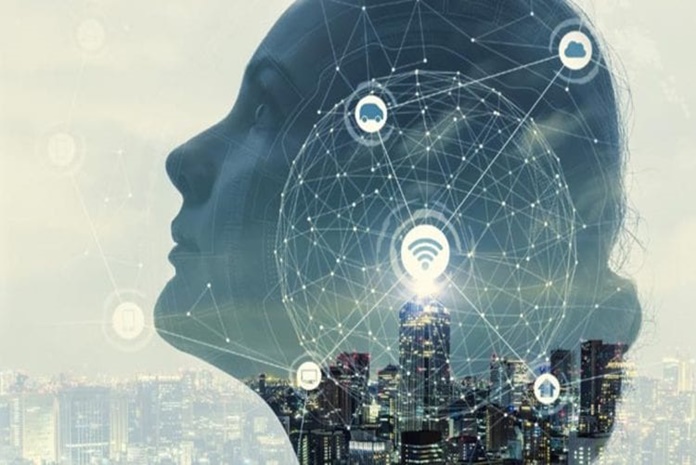 This section is powered by LogMeIn
This section is powered by LogMeIn
(Chuck Leddy at LogMeIn)
The term “customer experience” (CX) doesn’t seem to have a standard definition, but it’s often used interchangeably with customer journey, brand perception and customer engagement. In its broadest meaning, customer experience is the subjective impression (always viewed from the customer’s perspective) a brand makes from the totality of interactions, resulting in how a customer thinks of a brand across every stage, channel and touchpoint of the customer journey.
By definition, one or two touchpoints in isolation do not make a customer experience: CX is made up of all the touchpoints across all the channels (i.e., omnichannel engagement) across the entire customer journey.
Why is Customer Experience (CX) so important?
The way a customer feels about your brand will shape not only how loyal that customer is but also how often that customer refers your business to friends and family. Providing great CX increases customer loyalty and lifetime customer value, which directly impacts the bottom line.
One oft-used measure of CX is “net promoter score” (or NPS), which goes from 1 (not satisfied) to 5 (very satisfied). A customer reporting an NPS of 5 is a loyal, repeat buyer who has such a positive perception that she promotes your brand within her circle, the most credible, valuable promotion any company can get. The customer reporting an NPS of 3 may be “satisfied,” but will also likely switch when your competitor offers a small discount. A customer reporting an NPS of 1 will not return and will share their bad experiences with others, a sure-fire revenue killer.
The CX opportunity
COVID-19 has accelerated CX trends that were already percolating for some time: the crisis has become a catalyst pushing more customers, employees and businesses to adopt (or accelerate the adoption of) digital ways of doing business. Companies that started their digital transformation pre-COVID are outperforming rivals who are digital laggards. Why? Because people aren’t just working from home via digital tools, but also shopping and accessing service from home via digital tools. Moreover, the way customer service gets delivered has changed as call centers are now virtual, even as the demand for service has increased due to COVID-related economic uncertainty.
In a future where rapid change and business disruption become the “new normal,” self-service tools can distribute incoming workload/traffic away from your overworked service agents, who can focus on more complex interactions that they typically handle better. Self-service is thus a CX (and employee experience) win for all involved. Digital-first is the one and only scalable and future-proof CX strategy available at a time when brick-and-mortar retail and face-to-face interactions have become (and will likely remain) problematic for some time.
How to future-proof your CX
Customers want service, but they increasingly want it via digital channels. For routine queries, today’s customer often prefers self-service tools that empower them to access service 24/7, through any channel and/or via any device. Omnichannel engagement will be a key competitive advantage for companies going forward, and self-service tools like conversational chatbots can fuel a scalable, digital-first and future-proof approach to CX.
Blending self-service tools with human agents, empowering each to do what each does best, is a powerful driver of CX and high NPS scores. It’s not easy to do and will require investments of time and money, but getting your CX wrong will wreak havoc on your revenues. No customer will tolerate long wait times, burned-out, overworked service employees who don’t understand their needs, unresolved issues/questions that leave them frustrated and churning, too much automation and not enough human touch, and service that isn’t personalized or empathetic.
Blending self-service + human agents
When customers consistently get their routine needs met, whether via self-service tools or by human agents (or both), your CX is good. But to create a superior, scalable CX that keeps customers coming back and transforms them into brand ambassadors, you need to occasionally deliver personalized, memorable moments of “wow” (NPS 5-type service). This superior CX takes a careful blending of self-service and trained human agents where you leverage every complex, non-routine interaction as an opportunity to “wow” your customer. You do this by knowing your customer and what she expects at each step of the customer journey, then over-delivering on their expectations with stellar service.
Often it will be your human agents who are intelligently leveraging customer data and/or your company’s knowledge base in order to deliver superior service. Your self-service chatbots, for example, can support your human agents once an interaction gets escalated by providing relevant data and/or suggestions. This “blended” service can create those moments of “wow,” which are CX gold. Consistently getting the small moments right is essential, but brands must also identify and leverage moments where they can go beyond the small things to create memorable moments that convert customers into brand ambassadors.
To conclude, CX is a subjective perception encompassing all interactions a customer has along the journey. When you blend self-service options and trained employees to serve customers in consistent, scalable and memorable ways, they’ll keep coming back to you for more. That’s a future-proof CX.














